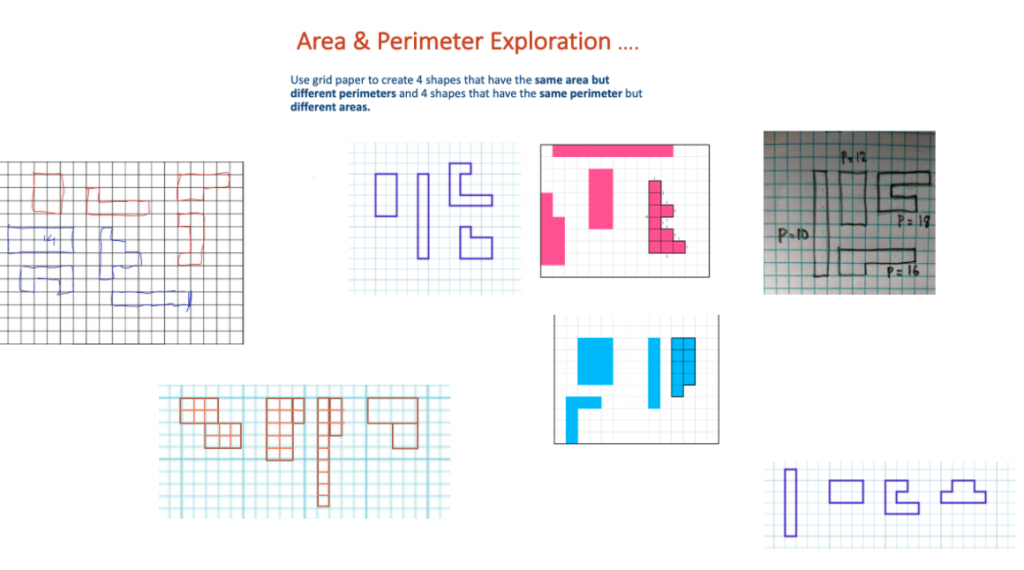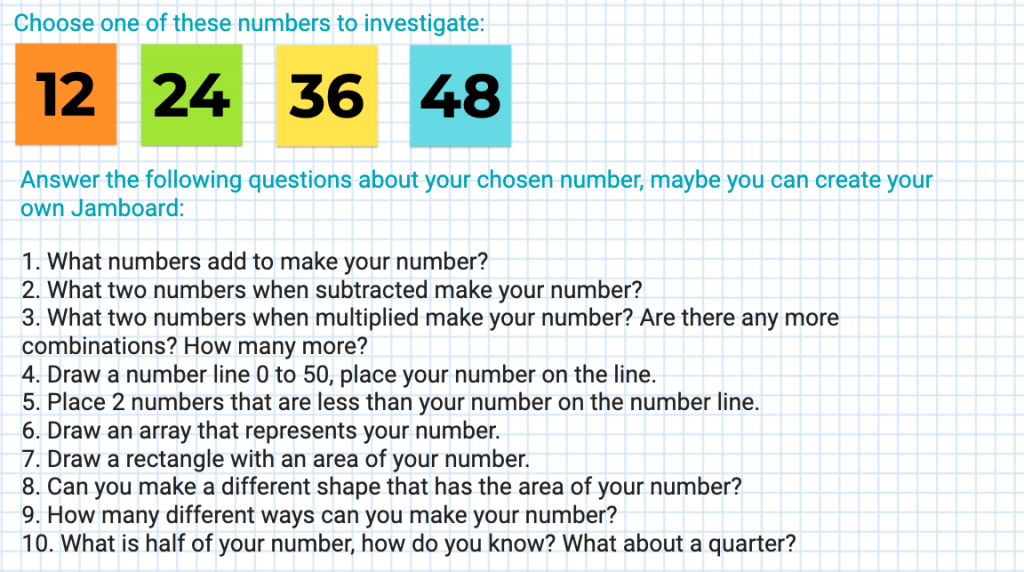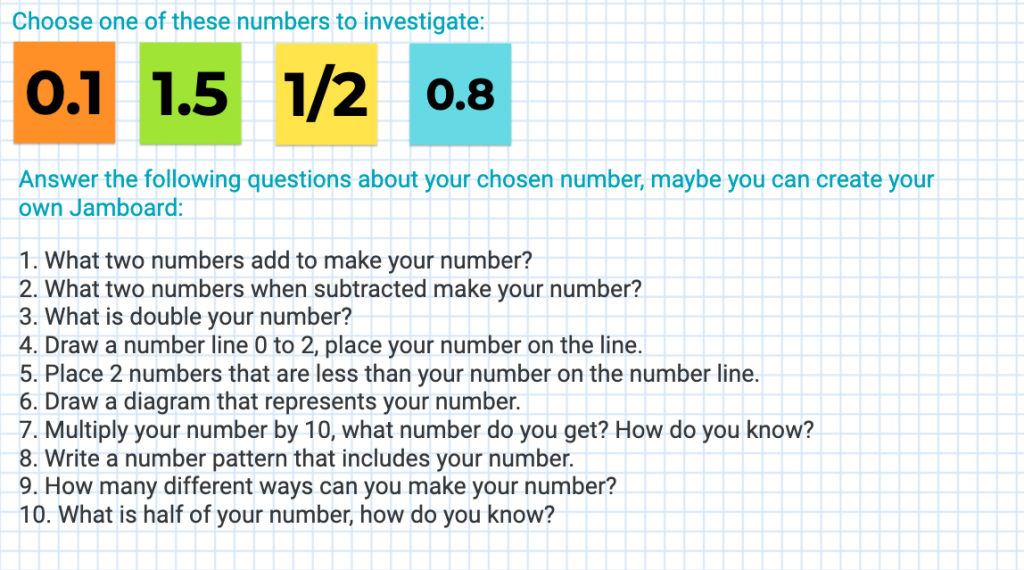The count down is on! Students will be back to school in NSW over the next few weeks. Our teachers have done a phenomenal job juggling preparing classes for both online and for returning to school. For many it will be like starting the year again, assessing and gauging where our students are at – checking in on how students are travelling with their mathematics will be one of the focuses.
For some students the transfer back to school will be seamless, but for many there will be a number of hurdles to overcome and feelings of uncertainty. Part of our role as teachers will be to ensure we find the time to check-in on students’ development of concepts to ensure they don’t check-out of learning. Engaging students will be a high priority.
Regarding mathematics, I want to check-in with my students on some of the foundational skills and understandings related to number in particular. Like number patterns and structure and how students visualise and represent their number knowledge flexibly. There are more formalised diagnostic assessments I can use (I made one a while ago using the number 16, these can be found here from our resources section). But as students come back to school, it might be good to allow students some choice over what they show you, sharing what they know and can do. Some students may have found remote learning a time to be in control, choosing when and how to complete tasks. Harnessing this choice is a nice transition back to school. Note that this will not be the case for all students – many may require scaffolding.
Teaching uni students online over the past 18 months has also provided time to further explore tools for teaching and learning such as creating Padlets and Jamboards. I think they are a great way to digitally collect student data and work samples.
I’ve create a Jamboard with a check-in assessment for mathematics that I thought might be helpful for when students return. You can just display it on the IWB and allow students to create their own Jamboard or similar display to answer the questions. Students could also create a physical poster or choose another way to share their work. I would recommend making it fun, encouraging the use of colour and pictures. Students can also add any other information they’d like to share about the number they choose.
I made three slides in the Jamboard with numbers and questions that get increasingly more complex. You as the teacher can decide which questions and numbers your class are ready for, students then get choice of the number they choose to complete the task with. You can have them answer all the questions, just a couple, or let them choose a few to explore. They might even like to make some questions of their own to answer, or create problems that use their number.
These questions focus on all or some of the following concepts
- numeral identification
- counting sequences
- proportional reasoning (on a number line)
- addition, subtraction, including difference
- multiplication and its structure
- structure of area
- patterns
- magnitude – relative size of numbers
- fractions, decimal representations and benchmarks
- number representations
These are just examples, I’m sure you can think of some more open or exciting questions that interest your students as well! My main point in these assessments is to focus on some student-choice. Although collecting evidence of learning may be on our mind when students return, allowing them some control over what they share and how they share it, may make the transition back to a more ‘formalised’ learning environment easier.









